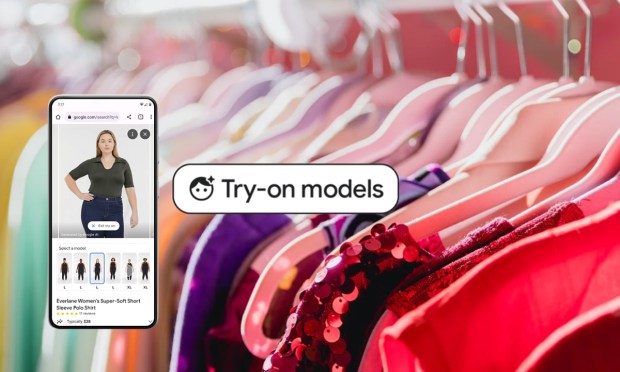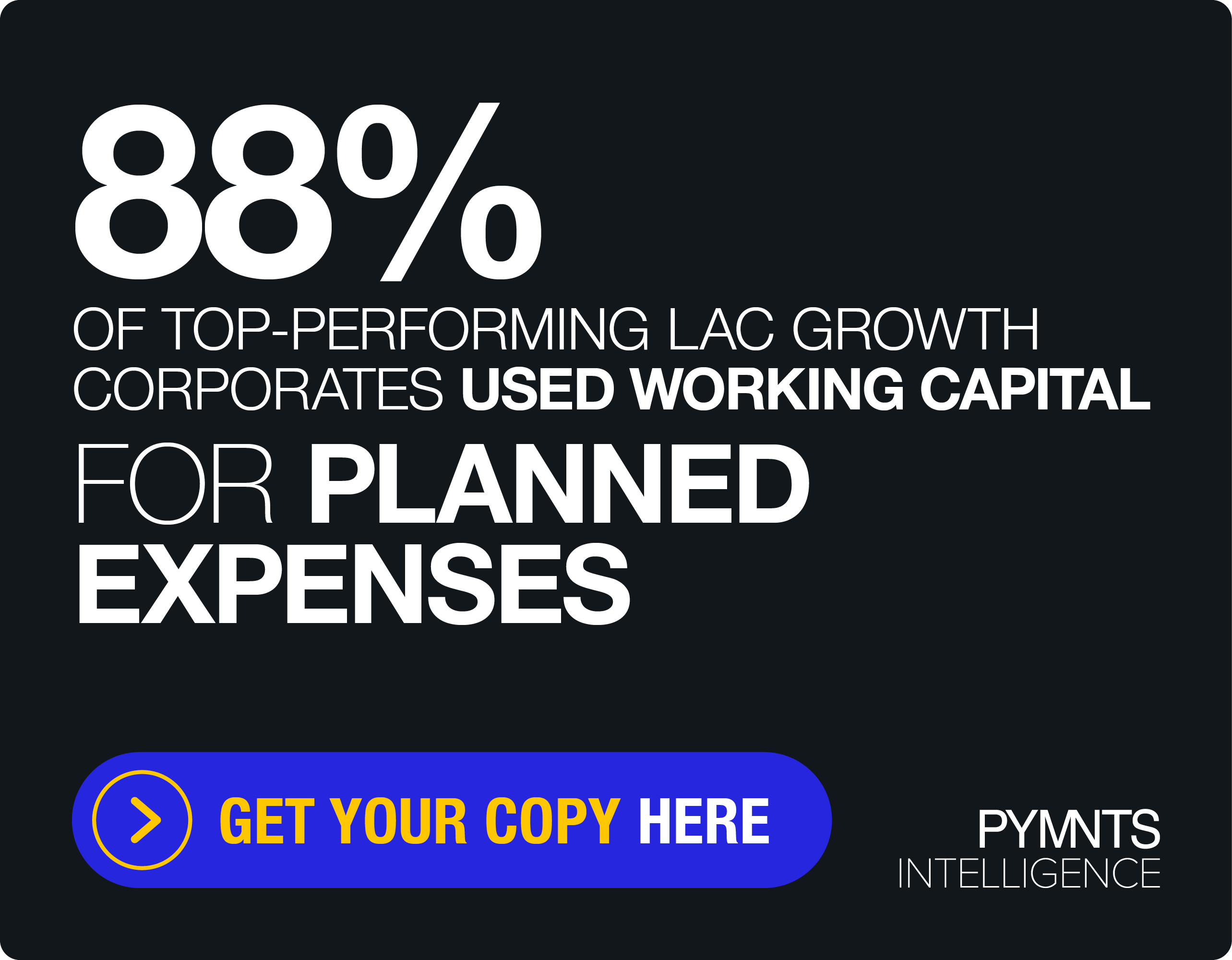UPP Takes an AI-Powered Approach to Optimizing Google Shopping for Merchants

Today’s digital landscape requires retailers to bring their A-game to grabbing customers’ attention and loyalty. With the rise of eCommerce and online shopping, optimizing the customer experience has become paramount for driving revenue and staying ahead in the market.
One powerful tool that has emerged is artificial intelligence (AI), particularly in the context of product optimization and Google Shopping.
With AI, brands can enhance their product descriptions to captivate and engage their desired customer base. With data sets encompassing consumer behavior, preferences and market trends, AI algorithms can generate customized content that showcases the product. AI-powered optimization elevates the visibility and discoverability of the product.
In the realm of retail and technology, companies such as Lily AI are leveraging AI to optimize products by adopting a customer-centric perspective. Lily AI helps retailers think from the customers’ point of view. They enhance eCommerce platforms by integrating customer-oriented search terms into product descriptions.
Read more: Bloomingdale’s, thredUP Look to AI-Powered Product Attribution to Drive Sales
Another player in the retail-tech space is UPP, which has taken a different approach by focusing on Google Shopping — the feature found at the top of Google search results — and caters to users who are browsing or shopping.
In an interview with PYMNTS, Drew Smith, co-founder of UPP, discusses how the company leverages AI to optimize products on Google to transform online selling for retailers.
Why Google Shopping
Google Shopping plays a pivotal role for retailers. With its extensive reach, it offers a broad audience and enhanced visibility.
Through targeted advertising, Google Shopping enables brands to reach customers based on their search terms, demographics and location. By presenting visually appealing displays, the platform enhances the shopping experience and lets consumers make informed purchasing decisions.
The platform facilitates comparison shopping, enabling customers to evaluate options, compare prices, and read reviews. Google Shopping is optimized for mobile devices, integrating with other Google services and offering cost-effective advertising through a pay-per-click model.
Google also uses generative artificial intelligence (AI) to provide merchants with a virtual try-on (VTO) tool.
“You should feel just as confident shopping for clothes online,” Google said during the announcement in June. “So today we’re introducing two new features that bring this fitting room experience to you: Virtual try-on for apparel uses generative AI to show you clothes on a wide selection of real models, while new filters help you find exactly what you’re looking for.”
Read more: Google Uses Gen AI to Power Virtual Try-On Tool
The month prior, Google also launched a tool called Product Studio, designed to streamline the creation of product imagery for merchants by using generative AI.
How UPP Amplifies Google Shopping
In the past 18 months, the economic climate has made it crucial for retailers to incorporate VTO and feature distinctive product imagery. Smith said that previously, the primary focus was on achieving year-over-year (YoY) growth rates of 20% to 25%, but now there is an emphasis on driving profitability while leveraging the power of platforms like Google.
UPP collaborates with retailers to ensure their products reach the appropriate consumers. To accomplish this, UPP incorporates contribution margin analysis alongside traditional marketing return on investment calculations, including metrics like CPA and return on ad spend.
By considering contribution margin, UPP can enable a deeper understanding of the EBIT (earnings before interest and taxes) and P&L performance of individual products throughout their lifecycle. This granular analysis captures costs and other relevant data, allowing retailers to make informed decisions and optimize their product portfolio.
While AI may sound like a magic box of endless opportunities (it is), Smith said UPP isn’t necessarily offering something super sexy. In fact, UPP’s primary focus lies in automating tasks typically performed by digital marketing and pay-per-click (PPC) managers.
Smith also said the service should be seen as an additional tool in the arsenal of digital marketing and PPC management, rather than a substitute for the manager.
Taking the Mundane Out of Their Work
“Many PPC managers find themselves spending an immense amount of time on mundane responsibilities such as campaign creation, asset management, budget evaluation, and robot targeting,” Smith said. UPP recognizes that these duties are not the true motivation behind why these individuals wake up in the morning. However, they understand the necessity to manage these aspects effectively.
With that in mind, UPP is designed to automate the repetitive tasks that PPC managers typically handle on Google, including campaign creation, asset management, budget allocation, and product grouping. Through UPP automation, Smith said these tasks get accomplished faster and “with greater intelligence and precision” as it has the ability to process an immense amount of data, “approximately 7.2 trillion bits per day, capturing around 250 data points for each product within a Google campaign.”
For UPP’s partners, this translates to a significant shift in focus for PPC managers.
Instead of constantly monitoring campaign performance, they can now concentrate on strategically aligning Google with their marketing strategies and business objectives — a challenge many retailers face today.
“What it enables them to do is actually focus on strategy. How does Google align with the marketing strategy?” Smith said.
Furthermore, by automating mundane tasks, UPP allows digital marketing managers and PPC managers to focus more on the company’s overall purpose, their unique value proposition, the voice of the customer, and articulating why consumers should choose their brand over competitors.
More Time to Focus on Loyalty
By allowing PPC managers and digital marketing managers to shift their attention to the broader context, there is an opportunity to prioritize storytelling. As customer loyalty continues to decline, it has become vital to establish captivating narratives that motivate customers to make a purchase.
In fact, according to the PYMNTS’ “Consumer Inflation Sentiment Report,” deal-chasing has become the way of life for U.S. consumers, with 46% of respondents in the survey revealing that they actively seek out deals, while 40% identify themselves as persuadable consumers who prioritize ease and convenience when deciding where to shop.
Read more: Brand Loyalty Falters as High Inflation Continues, Study Finds
Smith said merchants often neglect the unique selling points of their products and the corresponding product content while being consumed by mundane tasks, failing to prioritize them. This is especially noticeable on Google Shopping. With AI, brands and retailers gain more time to consider how to engage consumers.
Smith said UPP assists its partners by facilitating the implementation of SEO programs that prioritize comprehending the customer journey on a website. This involves analyzing metrics like the number of clicks required for a customer to complete a purchase and identifying the starting point of product searches on the website.
These insights can also be used to identify products that receive high consumer engagement but struggle to convert into purchases. Smith said an unnamed partner was able to identify its underlying issue causing low conversion rates: it’s payments gateway.
This finding is critical as PYMNTS reported in January that 55% of shoppers say checkout friction is frustrating enough for them to quit a purchase mid-process.
Read more: Online Retailers May Lose Half of Sales to Checkout Friction

